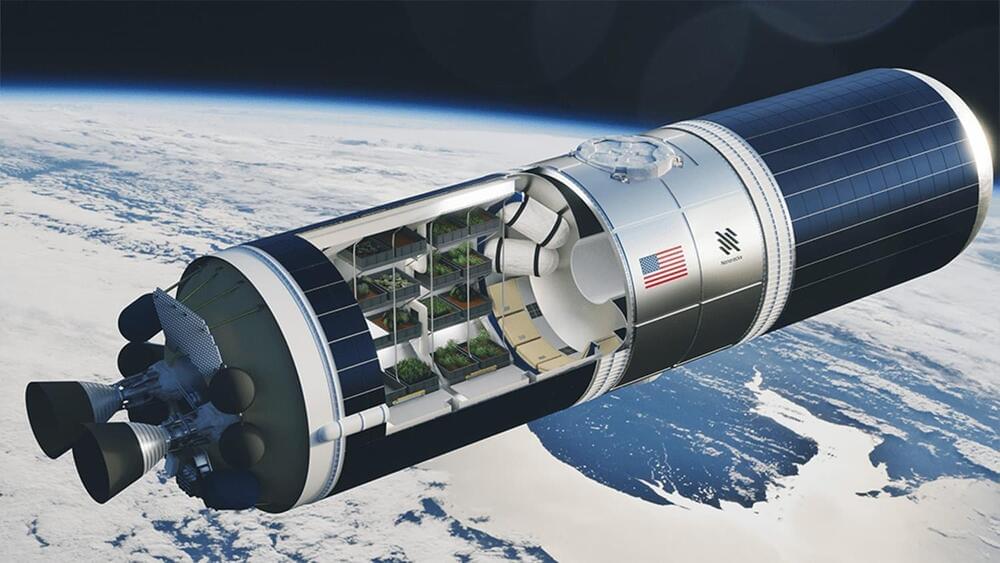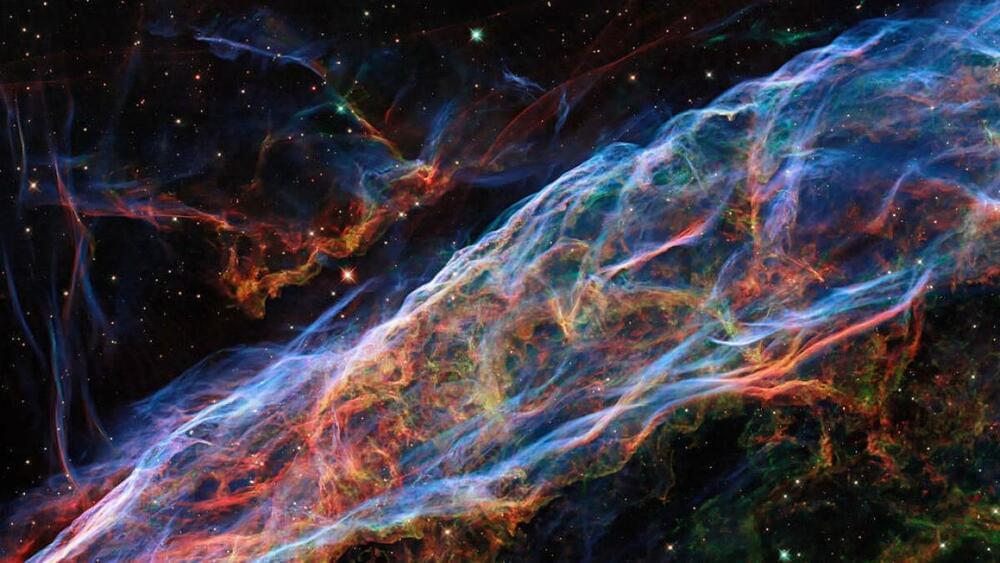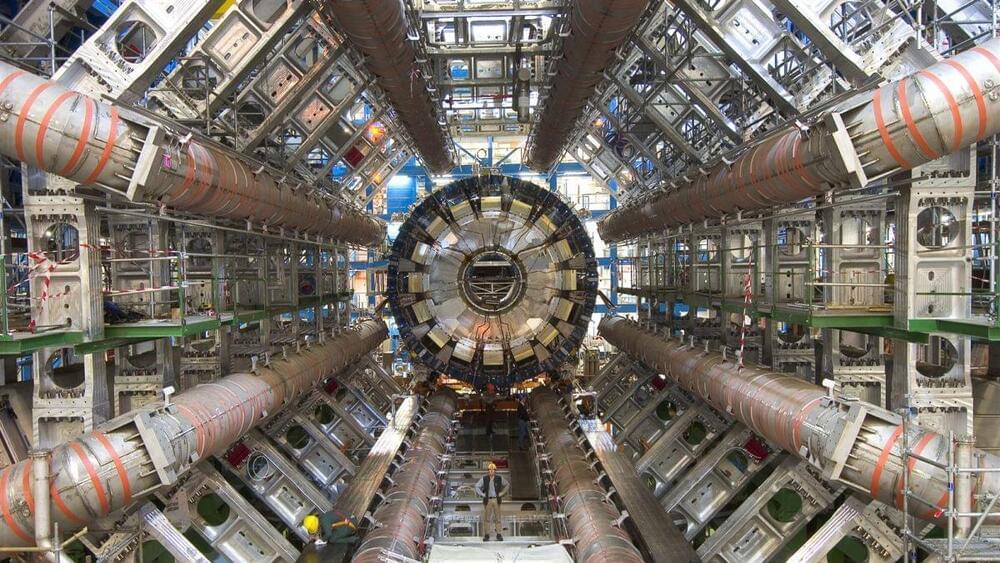Thank you, Ryugu.
Japanese space agency scientists are just beginning to analyze samples of near-Earth asteroid Ryugu returned to Earth in late 2020.


The study of Venus presents an opportunity to model the evolution of planetary environments, which can serve as a reference for what could happen in the future.

Every part of the James Webb Space Telescope’s (JWST’s) deployment is nerve-wracking, but some of the most nail-biting moments will happen on New Year’s Eve and New Year’s Day.
We’re on Day 5 of the Webb Telescope’s 30 Days of Terror, and so far, the observatory’s engineering team has successfully checked off all the boxes on its to-do list (get your own check-off list here.)
But starting on December 31 comes the task that is among the most worrisome: unfolding the giant sunshield. The enormous sunshield is about 70 by 47 feet (21 by 14 meters) when deployed, or approximately the size of a tennis court.


If you ask a physicist like me to explain how the world works, my lazy answer might be: “It follows the Standard Model.”
The Standard Model explains the fundamental physics of how the universe works. It has endured over 50 trips around the sun despite experimental physicists constantly probing for cracks in the model’s foundations.
With few exceptions, it has stood up to this scrutiny, passing experimental test after experimental test with flying colors. But this wildly successful model has conceptual gaps that suggest there is a bit more to be learned about how the universe works.

This year, billionaire CEO Elon Musk reached several milestones across Tesla, SpaceX and Starlink. WSJ reporters Rebecca Elliott and Micah Maidenberg break down some of his biggest moments in 2021 and what’s to come in 2022. Illustration: Tom Grillo.
In-Depth Features.
A global look at the economic and cultural forces shaping our world.
Iran’s space launch on Thursday has failed to put its three payloads into orbit after the rocket was unable to reach the required speed, a defence ministry spokesman said in remarks carried on state television.
The attempted launch, which came as indirect United States-Iran talks take place in Austria to try to salvage a 2015 nuclear deal, drew criticism from the US, Germany and France.
“For a payload to enter orbit, it needs to reach speeds above 7,600 [metres per second]. We reached 7,350,” the spokesman, Ahmad Hosseini, said in a documentary about the launch vehicle broadcast on state TV and posted online on Friday.
